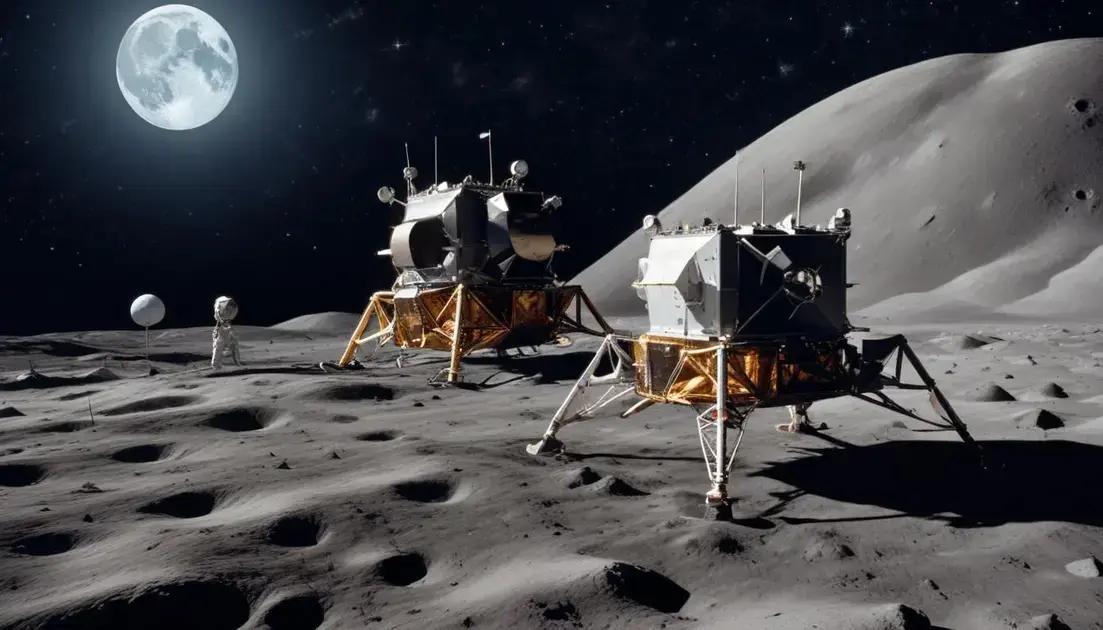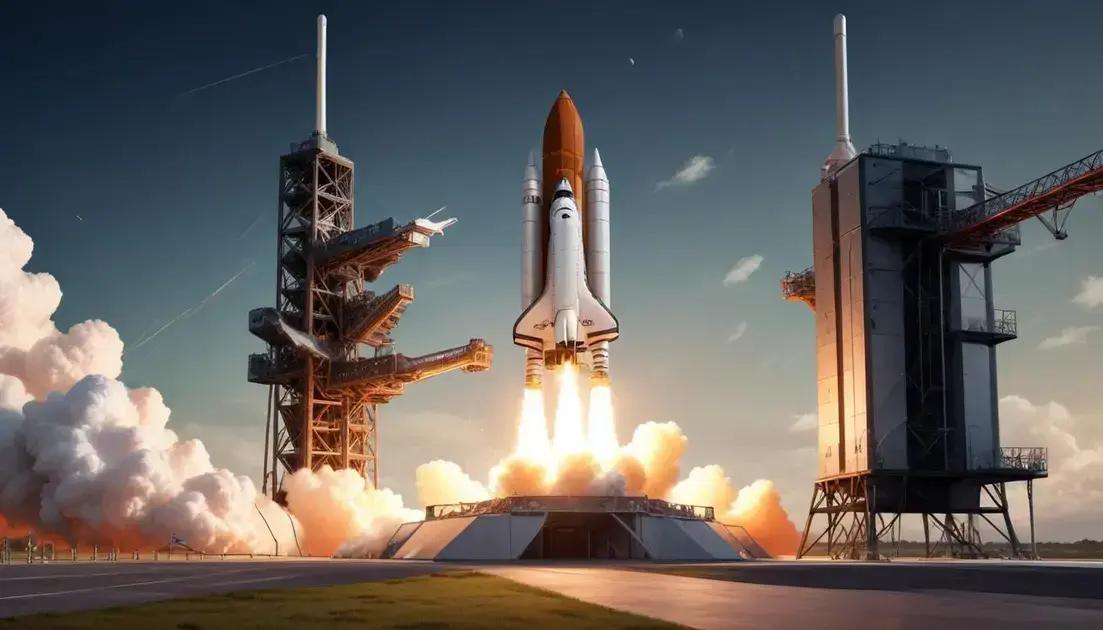
The First Human Footsteps on the Moon: The Apollo 11 Mission
One Giant Leap: A Deep Dive into the Apollo 11 Mission
The Apollo 11 mission, launched on July 16, 1969, stands as a monumental achievement in human history – the first time humans set foot on another celestial body. This undertaking, a culmination of years of intense research, development, and unwavering dedication, transcended the realm of scientific endeavor to become a powerful symbol of human ambition, technological prowess, and the indomitable spirit of exploration. This detailed exploration will delve into the multifaceted aspects of Apollo 11, from its meticulous planning and execution to its lasting cultural and scientific impact.
I. The Genesis of Apollo 11: A Decade of Dreams and Determination
The Apollo 11 mission wasn’t a spontaneous event; it was the culmination of a decade-long, fiercely competitive space race between the United States and the Soviet Union. The Soviets had achieved several significant firsts, including launching Sputnik, the first artificial satellite, and sending Yuri Gagarin into orbit, the first human in space. These milestones spurred the United States into action, initiating the ambitious Apollo program with the explicit goal of landing a man on the Moon and returning him safely to Earth before the end of the 1960s.
President John F. Kennedy’s bold declaration in 1961 to achieve this goal galvanized the nation and focused the collective efforts of scientists, engineers, and technicians towards a shared, audacious objective. This commitment resulted in unprecedented investment in research and development, fostering groundbreaking advancements in rocketry, materials science, computer technology, and life support systems – all crucial for the success of the Apollo program. The sheer scale of the undertaking involved thousands of individuals across numerous organizations, demanding rigorous planning, seamless coordination, and meticulous attention to detail. The development of the Saturn V rocket, a colossal machine standing over 363 feet tall and weighing over 6.5 million pounds, epitomizes this monumental engineering effort. Its power was unprecedented, capable of propelling the Apollo spacecraft beyond Earth’s gravitational pull and onto a trajectory towards the Moon. The Saturn V was a marvel of engineering, a testament to human ingenuity and a cornerstone of the Apollo 11 mission’s success.
The intense pressure of the Cold War space race also significantly shaped the Apollo program’s development. The competition with the Soviet Union served as both a catalyst and a constraint, pushing the boundaries of technological innovation while demanding an accelerated timeline. The success of Apollo 11 not only achieved the stated goal of landing on the Moon but also delivered a powerful symbolic victory in the ideological battle of the Cold War, demonstrating American technological superiority on a global stage.
II. The Apollo 11 Crew: A Trio of Astronauts
The selection of the Apollo 11 crew was a meticulous process, prioritizing experience, skill, and teamwork. Each astronaut brought unique expertise to the mission:
Neil Armstrong (Commander): A highly experienced naval aviator and test pilot, Armstrong’s calm demeanor under pressure and exceptional piloting skills made him the ideal choice for mission commander. His meticulous nature and ability to make critical decisions in high-stakes situations proved invaluable during the lunar landing. His iconic first words on the Moon, “That’s one small step for a man, one giant leap for mankind,” encapsulate the mission’s profound significance.
Edwin “Buzz” Aldrin (Lunar Module Pilot): A highly decorated fighter pilot and accomplished aerospace engineer, Aldrin’s expertise in spacecraft systems and his rigorous training in lunar surface operations were essential for navigating the complexities of the lunar landing and exploration. His contributions to the mission’s scientific objectives, including the collection of lunar samples and the deployment of scientific instruments, were equally crucial.
Michael Collins (Command Module Pilot): Collins’ role, though less visually dramatic, was equally critical. As command module pilot, he remained in lunar orbit aboard the Columbia, ensuring the safe return of Armstrong and Aldrin. His responsibility was to maintain the command module’s systems, manage communications, and prepare for the return journey to Earth. His solitary orbit around the Moon, while his colleagues walked on its surface, was a testament to his professionalism and unwavering dedication. His perspective, orbiting the Moon alone, offers a unique and poignant reflection on the enormity of the mission.
The rigorous training undergone by the Apollo 11 crew involved extensive simulations, both in physical and psychological preparation. They practiced every conceivable scenario, from equipment malfunctions to emergency procedures, ensuring they could handle any contingency during the mission. Their teamwork and communication were crucial; the astronauts’ ability to work seamlessly together was as critical to their success as the technology they operated.
III. The Journey to the Moon: A Technological Marvel
The launch of the Apollo 11 spacecraft from Kennedy Space Center on July 16, 1969, was a spectacle witnessed by millions around the world. The Saturn V rocket’s thunderous ascent, a breathtaking display of power and precision, marked the commencement of the journey to the Moon. The spacecraft, consisting of the command module (Columbia), the service module, and the lunar module (Eagle), embarked on a four-day voyage, a journey that pushed the boundaries of human exploration.
The journey was not without its challenges. Navigating the vast expanse of space demanded precise calculations and constant course corrections. The astronauts meticulously monitored the spacecraft’s systems, ensuring everything functioned correctly and addressing any potential problems proactively. The journey also presented psychological challenges; the isolation and confinement of space travel required mental resilience and strong interpersonal dynamics within the crew.
The trajectory to the Moon involved a series of precise maneuvers, including a mid-course correction to ensure the spacecraft reached its lunar destination with pinpoint accuracy. The intense scrutiny of the mission involved real-time tracking and constant communication with Mission Control in Houston, a constant stream of information enabling both monitoring and intervention if needed. The constant communication highlighted the teamwork extending far beyond the crew itself.
IV. The Lunar Landing: A Moment for the Ages
On July 20, 1969, the Apollo 11 spacecraft entered lunar orbit. Armstrong and Aldrin then boarded the Eagle, which separated from the Columbia to begin its descent to the Moon’s surface. The lunar landing was a complex and perilous undertaking. The Eagle utilized a combination of radar and computer guidance to navigate the treacherous lunar terrain, avoiding obstacles and finding a suitable landing site.
The descent was fraught with tension. The landing radar briefly malfunctioned, causing the crew to manually take over control, expertly navigating the Eagle to a safe landing site in the Sea of Tranquility. Armstrong’s calm and collected demeanor was paramount in this critical phase. The iconic words “Houston, Tranquility Base here. The Eagle has landed,” broadcast across the globe, signaled a moment of unparalleled triumph.
The precision landing was a testament to the technological advancements that made the Apollo 11 mission possible. The guidance computer, an advanced technology for its time, played a critical role in navigating the descent, accurately calculating the spacecraft’s trajectory and ensuring a safe landing. The combination of human skill and advanced technology was crucial to the mission’s success.
V. Walking on the Moon: A New Era of Human Exploration
At 02:56 UTC on July 21, 1969, Neil Armstrong took his historic first steps on the Moon. Aldrin joined him shortly after, and the two astronauts spent approximately two and a half hours exploring the lunar surface. Their activities included collecting lunar samples of rock and soil – a critical aspect of the mission’s scientific objectives. They deployed a scientific instruments package, conducting experiments to study the Moon’s geological properties, its seismic activity, and the solar wind.
The lunar surface, a stark, desolate landscape, offered a unique and challenging environment for exploration. The astronauts maneuvered in bulky spacesuits, collecting samples, planting the American flag, and leaving behind a plaque commemorating their historic achievement. The simplicity of the plaque, stating “Here men from the planet Earth first set foot upon the moon, July 1969 A.D. We came in peace for all mankind,” embodies the universal significance of the event.
The act of walking on the Moon was not just a symbolic victory but also a testament to human resilience and adaptability. The astronauts’ performance under duress, navigating the challenging environment in their bulky spacesuits, highlights the physical and mental demands of space exploration.
VI. The Return to Earth: A Triumphant Conclusion
The ascent from the Moon’s surface involved another delicate maneuver, launching the Eagle‘s ascent stage back to lunar orbit to dock with the Columbia. Once aboard Columbia, the astronauts prepared for their journey back to Earth, discarding the spent lunar module. The return journey involved further course corrections and monitoring of spacecraft systems, ensuring a safe re-entry into Earth’s atmosphere.
Re-entry was a high-stakes phase of the mission. The heat generated by friction with the Earth’s atmosphere placed extreme stress on the spacecraft’s heat shield. Precise maneuvers were crucial to ensure the Columbia successfully navigated this intense heat, preserving the crew’s lives. The splashdown in the Pacific Ocean marked the triumphant conclusion of Apollo 11, bringing the astronauts home safely.
VII. The Scientific Legacy of Apollo 11: Unraveling Lunar Mysteries
The Apollo 11 mission’s scientific contributions extended beyond the immediate observations and experiments conducted on the lunar surface. The lunar samples collected provided invaluable data regarding the Moon’s geological history, its composition, and its formation. The analysis of these samples revolutionized our understanding of the Moon’s origin and its relationship to Earth. The experiments deployed on the lunar surface, including the seismometers, provided data on lunar seismic activity, revealing insights into the Moon’s internal structure. The data collected by these instruments continued to provide valuable information for years after the mission.
The Apollo 11 mission laid the foundation for future lunar exploration. The technology developed and the data collected significantly influenced subsequent lunar missions and contributed to our broader understanding of the solar system.
VIII. The Cultural Impact of Apollo 11: A Global Inspiration
Apollo 11’s impact transcended scientific discovery; it became a global phenomenon, captivating the world’s attention and inspiring generations. The live television broadcasts of the launch, the lunar landing, and the moonwalk were watched by millions across the globe, fostering a shared sense of wonder and awe. The event transcended national borders, becoming a unifying moment for humanity.
The mission’s symbolism resonated deeply within popular culture. Art, music, literature, and film reflected the excitement and wonder inspired by the event, shaping popular imagination and cultural narratives. Apollo 11 inspired a new wave of interest in science and technology, fostering educational initiatives and encouraging young people to pursue careers in STEM fields.
IX. Apollo 11’s Enduring Legacy: A Springboard for Future Exploration
Apollo 11’s legacy extends far beyond its immediate achievements. It demonstrated humanity’s capacity for ambitious goals, inspiring future generations of scientists, engineers, and explorers. The technological advancements spurred by the Apollo program had a profound impact on various fields, from computing and materials science to medicine and telecommunications.
The mission also fueled further space exploration, including subsequent Apollo missions and ongoing efforts to explore Mars and beyond. The lessons learned from Apollo 11 continue to inform modern space exploration, emphasizing the critical importance of planning, preparation, teamwork, and technological innovation.
The Apollo 11 mission was not merely a landing on the Moon; it was a pivotal moment in human history, a testament to human ingenuity, perseverance, and our innate desire to explore the unknown. Its legacy continues to inspire and challenge us to reach for new heights, pushing the boundaries of human knowledge and understanding. The journey to the Moon and back, undertaken 50 years ago, serves as a powerful reminder of what human beings are capable of accomplishing when we set our minds to shared, ambitious goals. It is a legacy that will continue to inspire for generations to come.


